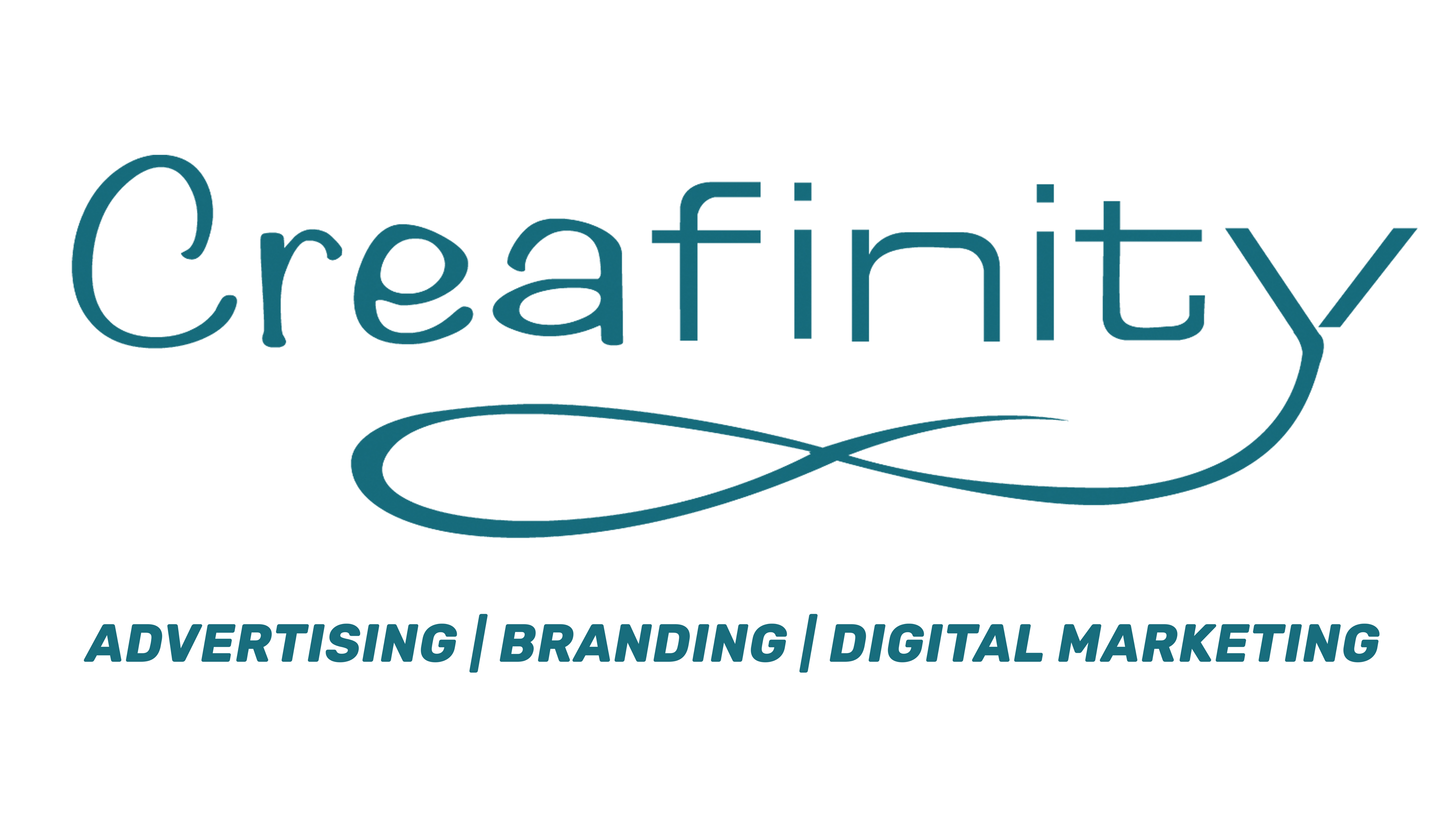In today’s digital landscape, healthcare marketing is more than just promoting services—it’s about educating, engaging, and building trust with patients and medical professionals alike. However, the challenge lies in conveying complex medical concepts and scientific data in a way that is easily understandable and emotionally resonant.
This is where visual storytelling comes in. By integrating compelling imagery, intuitive design, and strategic narratives, healthcare brands can simplify dense medical information, enhance patient engagement, and create stronger emotional connections.
As a graphic designer, I see visual storytelling as a bridge between clinical precision and human experience. By leveraging innovative design approaches, we can create content that is informative, accessible, and deeply impactful—helping hospitals, clinics, and healthcare professionals build a lasting connection with their audience.
Why Visual Storytelling Matters in Healthcare Marketing

1. Creating a Cohesive Narrative
Visual storytelling is not just about making graphics look appealing—it’s about crafting a seamless, logical journey that guides the audience. A well-designed visual story can:
✔ Highlight a health issue and its impact
✔ Provide insights into possible solutions
✔ Offer a clear call to action for the audience
By structuring healthcare visuals in a way that guides viewers from problem to solution, we create a narrative that is not only informative but also engaging and action-driven.
2. Strengthening Brand Identity in Healthcare
Consistent visual storytelling helps healthcare organizations build a strong and recognizable brand identity. Through strategic use of colors, typography, imagery, and design elements, healthcare brands can:
✔ Establish trust and credibility
✔ Showcase their values and expertise
✔ Reinforce their commitment to patient care
A well-designed healthcare brand is instantly recognizable and conveys a sense of reliability, professionalism, and compassion—all essential factors in patient decision-making.
3. Building Emotional Connections
Healthcare is personal. Patients and their families seek comfort, hope, and reassurance when engaging with a healthcare brand. Visual storytelling allows us to:
✔ Use soothing color palettes and compassionate imagery to evoke feelings of care and trust
✔ Share real-life patient testimonials through engaging visuals
✔ Highlight doctor-patient relationships to emphasize empathy and expertise
By integrating human-centered design elements, healthcare marketing becomes more relatable, approachable, and emotionally impactful—helping patients feel understood and supported.
4. Improving Patient Education Through Visuals
One of the biggest challenges in healthcare is patient education. Many medical concepts are complex, making it difficult for patients to fully understand their health conditions and treatment options. Visual storytelling helps by:
✔ Creating step-by-step illustrations and animated guides
✔ Using motion graphics to simplify medical procedures
✔ Designing interactive visuals that break down complex topics
By making medical information visually engaging and easy to digest, we empower patients to take an active role in their health and improve adherence to treatment plans.

5. Driving Patient Action with Visual Storytelling
Effective healthcare marketing isn’t just about providing information—it’s about inspiring action. Through visual storytelling, we can create:
✔ Compelling call-to-action visuals that encourage patients to book appointments
✔ Infographics that promote healthy habits and preventive care
✔ Interactive tools that guide users toward making informed health decisions
When healthcare visuals are designed strategically and purposefully, they motivate and empower patients to take proactive steps toward their well-being.

6. Leveraging Data Visualization for Healthcare Professionals
Medical research and patient data can often be overwhelming. By using data visualization techniques, we can present this information in a way that is:
✔ Clear and concise
✔ Engaging and interactive
✔ Easy to interpret and act upon
Interactive charts, infographics, and AI-powered visual dashboards help healthcare professionals analyze trends, interpret clinical outcomes, and communicate findings effectively.
7. Engaging Through Interactive & Inclusive Design
Interactive design elements further enhance engagement and accessibility in healthcare marketing. Features like:
✔ Animated charts and clickable diagrams allow users to explore content at their own pace
✔ High-contrast color schemes and clear typography improve readability for all audiences
✔ Accessibility-focused design ensures that people with disabilities can navigate and interact with healthcare content effectively
By prioritizing interactive and inclusive design, healthcare brands expand their reach and provide a more user-friendly experience for all patients.
The Role of Visual Storytelling in Healthcare Trust-Building
For doctors, hospitals, and healthcare providers, visual storytelling is a crucial tool in building trust. Patients want to feel confident that they are choosing the right healthcare provider. Through strategic design, healthcare brands can:
✔ Highlight their expertise and success stories
✔ Use real patient experiences to create relatable content
✔ Present information in a way that feels authentic, transparent, and credible
In a digital age where trust is paramount, well-crafted healthcare visuals can make the difference between a patient choosing one provider over another.
Visual storytelling is a game-changer in healthcare marketing. By leveraging the power of design, we can:
✔ Simplify complex medical concepts
✔ Strengthen brand identity and trust
✔ Build emotional connections with patients
✔ Educate and empower audiences effectively
✔ Motivate action and improve patient engagement
At Creafinity, we specialize in creating powerful healthcare branding solutions that integrate visual storytelling, strategic design, and digital innovation.



